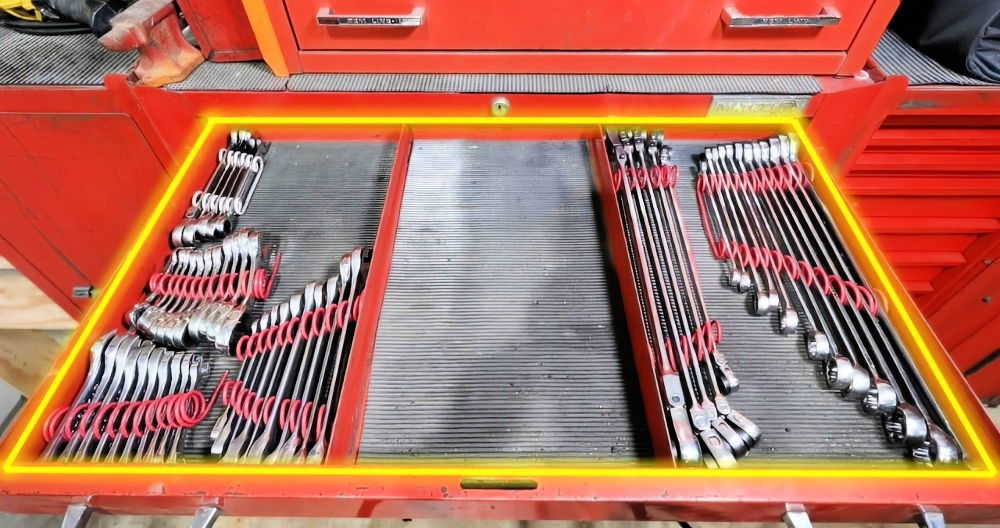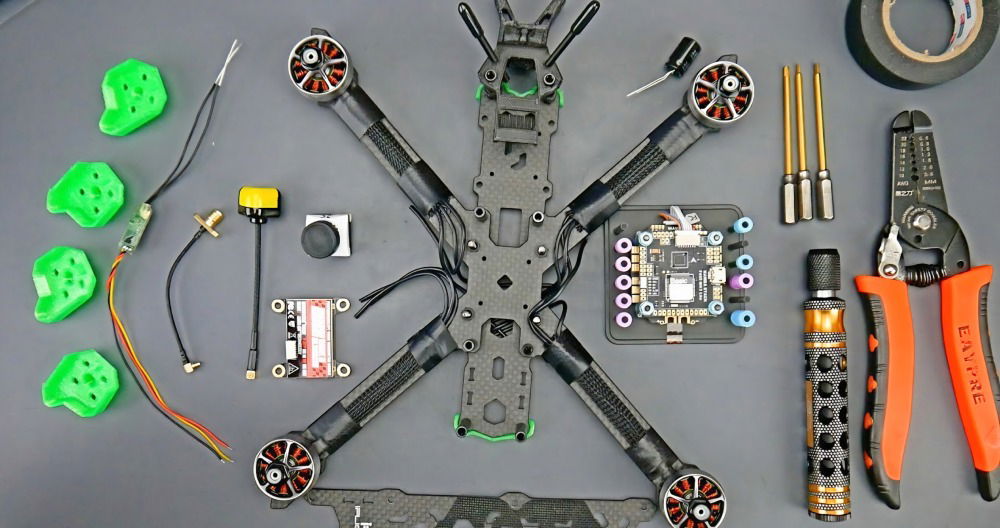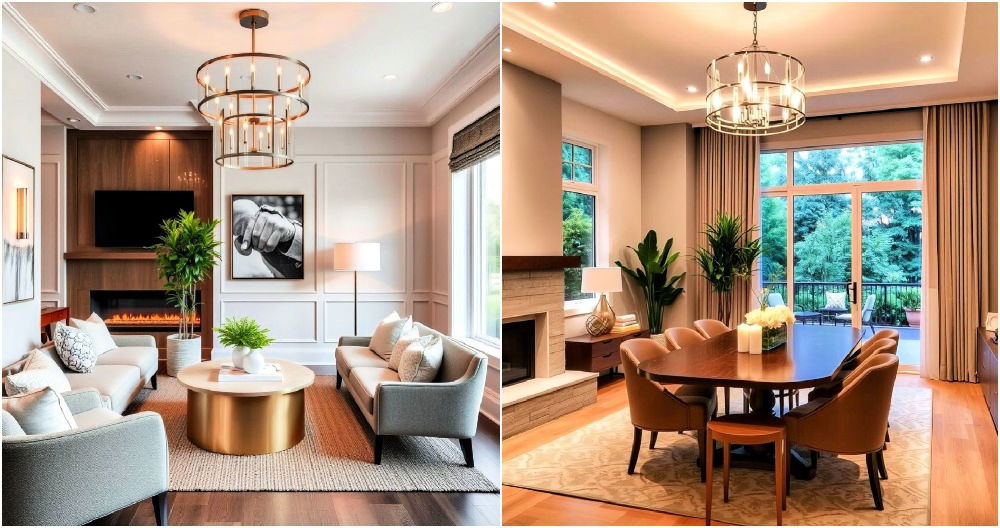Building a smart home is an exciting venture that blends convenience, innovation, and long-term reliability. Whether you're a beginner or an experienced tech enthusiast, crafting a smart home involves careful planning, a clear understanding of your goals, and a step-by-step approach. This comprehensive guide is structured around three primary goals for building an ideal smart home: invisibility, family-friendliness, and long-term reliability.
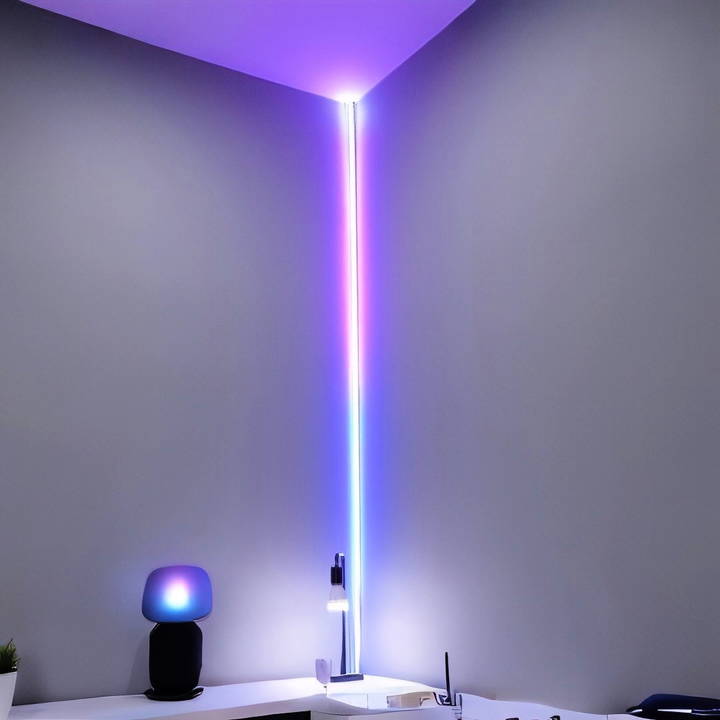
The Foundations of a Smart Home
Discover the foundations of a smart home, from essential devices to setup tips, for making a connected and efficient living space.
Set Clear Goals:
A successful smart home should meet these three objectives:
- Invisibility: Your smart home should work seamlessly in the background without demanding constant attention.
- Family-Friendliness: Everyone in your household, including visitors, should find it intuitive and unobtrusive.
- Reliability: Your setup should endure over time without frequent breakdowns or updates causing disruptions.
Choosing How to Control Your Smart Home
Learn how to choose the best control methods for your smart home, from sensors to smart buttons, and avoid over-relying on voice commands.
Avoid Over-Reliance on Voice Commands:
While smart speakers like Amazon Echo or Google Nest are popular, they're not the best primary control method. Voice commands can be clunky and hard to remember, leading to frustration. Instead:
- Use voice assistants for simple tasks like music playback or weather updates.
- Limit voice control to occasional or convenient commands rather than relying on it for complex operations.
Smartphone Apps: A Limited Role
Relying on individual apps for each device can become cumbersome. While useful for initial setup and occasional adjustments, apps should not be your primary interface. Instead, consolidate controls into one accessible system.
Dashboards for Centralized Control
Dashboards bring all your devices into one unified interface. These can be accessed via smartphones, tablets, or wall-mounted screens, allowing easy control for all family members.
Sensors: The Ideal Control Mechanism
Smart home sensors are pivotal for achieving automation. They enable your home to adjust to your daily activities seamlessly. Examples include:
- Motion sensors: Turn lights on when someone enters a room.
- Contact sensors: Trigger actions when doors or windows open.
- Integrated sensors in devices: A video doorbell detecting motion can trigger exterior lights.
Smart Buttons for Specific Scenarios
Smart buttons are great for situations where automation or voice commands don't work well. For instance, use a button in the bathroom to summon a robot vacuum for targeted cleaning.
Step by Step Instructions
Learn how to build a smart home with step-by-step guidance on setting goals, choosing devices, automating, and ensuring future scalability.
1. Selecting a Smart Home System
A robust smart home system serves as the central brain, connecting and coordinating all your devices. Choosing the right system is essential for balancing customization, ease of use, and compatibility.
Advanced Systems for Flexibility
While beginner-friendly systems like Amazon Alexa or Google Home are easy to use, they may lack the customization required for a truly seamless smart home. Advanced platforms like Home Assistant or Hubitat offer greater flexibility, enabling complex automations and device integration.
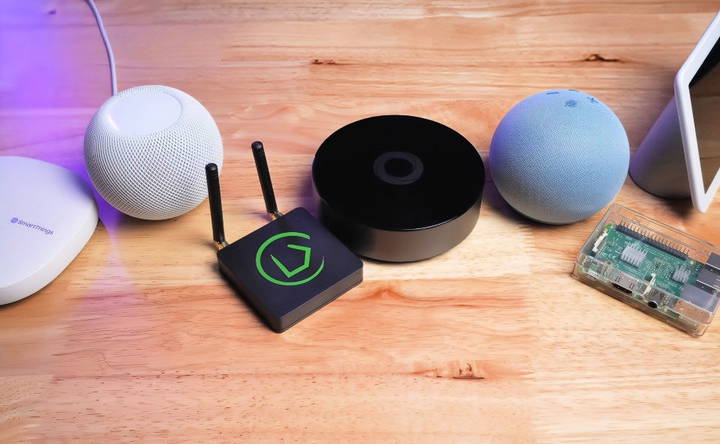
Protocols and Connectivity
Your system needs to support the communication protocols used by your devices. The main options are:
- Wi-Fi: Versatile and simple but may strain your network.
- Zigbee and Z-Wave: Make dedicated mesh networks, offering reliable and efficient connectivity.
- Thread: A newer protocol with promise but currently limited device support.
Customization vs. Simplicity
Consider how much tinkering you're willing to do:
- Advanced Systems: Home Assistant is open-source and powerful but requires more setup and maintenance.
- Plug-and-Play Options: Systems like Google Home are straightforward but less customizable.
2. Smart Device Selection: Building Your Ecosystem
The devices you choose will determine how seamlessly your smart home operates. While the market is flooded with options, here are some considerations to guide your decisions.
Matter Compatibility
The Matter protocol aims to standardize smart home compatibility across brands and systems. However, it's still developing. While Matter-compatible devices are a great investment for future-proofing, don't limit yourself to them alone. Established protocols like Zigbee and Z-Wave are equally reliable.
Cloud Independence
Devices that operate without the cloud enhance reliability. Even if the manufacturer goes out of business, these devices will still work locally within your system.
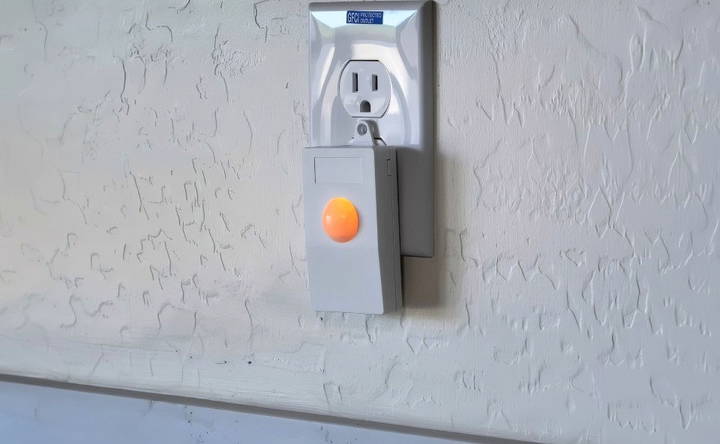
Balancing Wi-Fi Devices
Wi-Fi devices have improved and can be reliable with a robust network. However, avoid overloading your Wi-Fi. Consider upgrading to a mesh Wi-Fi system to ensure strong, uninterrupted connectivity throughout your home.
3. Automation: Bringing It All Together
Master automation by starting small, adding conditions for reliability, and refining your smart home setup for seamless control and efficiency.
Start Small
When implementing automations:
- Begin with simple tasks in one room at a time.
- Solve specific problems, such as automating a light to turn off when no motion is detected.
Add Conditions for Reliability
To ensure automations work seamlessly:
- Use conditions to prevent automations from running in inappropriate scenarios. For example, stop motion-activated lights from turning on if the TV is in use.
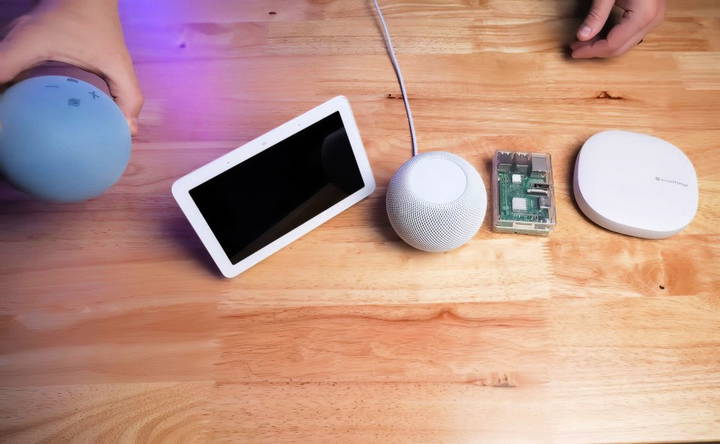
Test and Refine
Even well-designed automations can fail. Regularly test them and involve family members in providing feedback. This ensures your setup remains intuitive and effective for everyone.
4. Advanced Automation Strategies
Once you've mastered the basics of automation, you can build more complex, tailored routines to make your home truly smart.
Layered Automation
Layered automations allow multiple conditions to interact for optimal outcomes. For example:
- Adjust lighting based on time of day, motion detection, and natural light levels.
- Change thermostat settings when windows are open or when no one is home.
Make Scenarios for Specific Events
Design routines for recurring activities:
- Movie Mode: Dim lights, close blinds, and adjust the thermostat for comfort.
- Night Mode: Lock doors, lower the temperature, and arm the security system when everyone is asleep.
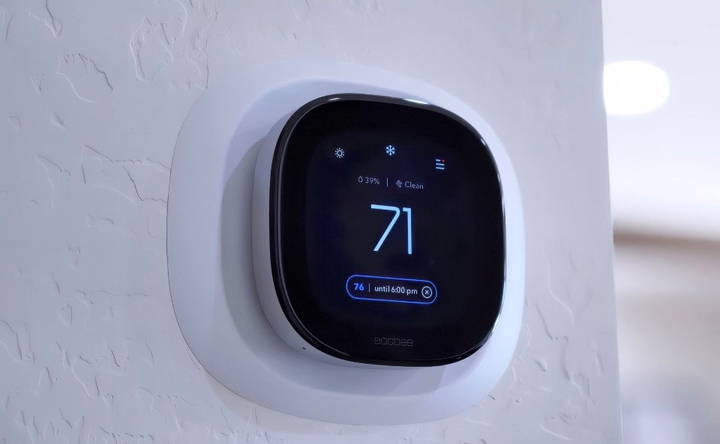
Proactive Problem-Solving
Automations should address specific pain points in your life. Examples include:
- Notifying you when the laundry is done.
- Automatically watering plants based on soil moisture sensors.
- Reminding you to lock doors or close windows at a designated time.
5. Expanding Your Device Ecosystem
As your smart home evolves, adding devices strategically ensures you maximize functionality without unnecessary expense or complexity.
Essential Smart Devices
Start with these must-haves to cover core smart home functions:
- Smart Lighting: Choose dimmable bulbs and color-adjustable options to build ambiance.
- Smart Thermostats: Save energy and maintain comfort with temperature scheduling.
- Smart Plugs: Automate non-smart devices like coffee makers or lamps.
- Smart Security: Include video doorbells, cameras, and motion detectors for safety.
Specialized Devices for Unique Needs
Expand into devices that fit your lifestyle:
- Smart Pet Feeders: Schedule feedings and monitor pets while away.
- Smart Kitchen Gadgets: Automate tasks like cooking or ingredient measurement with connected appliances.
- Robot Vacuums: Keep floors clean with minimal effort, and integrate them with your smart home.
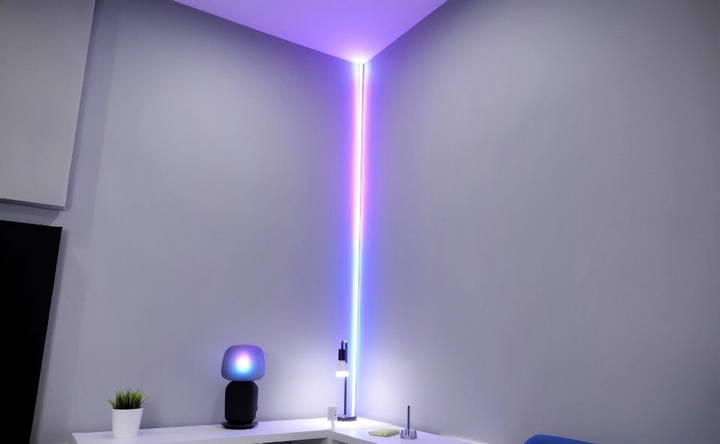
Integrating New Devices
When purchasing new devices:
- Verify compatibility with your smart home system.
- Check for local (non-cloud) functionality.
- Update firmware regularly to enhance security and reliability.
6. Maintenance and Troubleshooting
A smart home requires occasional maintenance to ensure smooth operation and long-term reliability.
Regular Updates
- Keep your smart home system and devices updated with the latest firmware.
- Update your router and network to handle increasing connectivity demands.
Routine Checkups
- Test automations periodically to ensure they work as expected.
- Check for offline devices or connectivity issues and address them promptly.
Backup Your System
- Use your smart home platform's backup features to save configurations.
- This is especially crucial for advanced systems like Home Assistant, where a failure could mean reconfiguring dozens of devices.
Optimize for Scalability
- Add Zigbee or Z-Wave repeaters to ensure robust signal strength as you expand.
- Upgrade your Wi-Fi system if you notice connectivity problems with new devices.
7. Family-Friendliness: Making It Intuitive for Everyone
A smart home isn't truly smart unless it's accessible and enjoyable for all members of your household.
Intuitive Controls
- Install wall-mounted dashboards or physical smart buttons for easy access.
- Label devices and automations with clear, descriptive names.
Onboarding for Family Members
- Teach family members how to use core features like dashboards or voice assistants.
- Make child-friendly automations, such as bedtime routines with dimming lights and soothing music.
Guest Access
- Use temporary access settings to allow visitors control over certain devices.
- Set up guest-specific automations, such as lighting paths to guide them at night.
8. Budget-Friendly Tips for Smart Home Enthusiasts
Smart home technology can be expensive, but thoughtful planning can help you save money without compromising functionality.
Start Small
- Focus on one room or function, such as lighting or security, and expand as your budget allows.
- Consider multipurpose devices, like smart displays that serve as hubs, clocks, and intercoms.
Choose Affordable Alternatives
- Zigbee-based devices are often cheaper and more reliable than premium options.
- Consider refurbished devices or sales events to find deals.
Avoid Overbuying
- Don't purchase devices with overlapping functions unless necessary. For example, a single sensor can often handle motion, light, and temperature detection.
9. Building for the Future: Scalability and Sustainability
A well-designed smart home should adapt to your changing needs and evolving technology.
Future-Proof Your System
- Invest in devices with long-term support, such as those compatible with Matter or local protocols like Zigbee and Z-Wave.
- Avoid devices that rely solely on proprietary apps or cloud services.
Scalable Infrastructure
- Use mesh networks for Zigbee, Z-Wave, or Thread to ensure coverage as you add devices.
- Keep your router's firmware and network capacity updated to support a growing number of connected devices.
Energy Efficiency
- Opt for devices that minimize energy consumption, such as smart plugs with power monitoring.
- Automate energy-saving routines, like turning off lights or adjusting the thermostat when no one is home.
Final Thoughts: Crafting Your Ideal Smart Home
Building a smart home is a journey, not a one-time project. By focusing on the principles of invisibility, family-friendliness, and long-term reliability, you can build a system that enhances your daily life without becoming a source of frustration. Whether you're starting small or diving into advanced automation, the key is to tailor your smart home to your unique needs and lifestyle.
By following this guide, you're well on your way to designing a home that feels seamless, intuitive, and endlessly rewarding.
FAQs About Building a Smart Home
Get answers to common questions about building a smart home, from setup to device integration, for a seamless, connected living experience.
Start with a simple device integration, such as a smart bulb or a motion sensor. Follow beginner-friendly tutorials or videos that guide you step-by-step. Using a pre-configured Home Assistant hub, like the Home Assistant Green, reduces setup complexity.
Focus on portable and plug-and-play devices like smart plugs, smart bulbs, and adhesive-mounted sensors. Use Wi-Fi-based systems or a small hub like Google Home to avoid permanent installations.
Zigbee and Z-Wave build mesh networks, enhancing connectivity across large spaces, while Thread offers similar benefits but is newer. Wi-Fi devices rely on your home's internet, which can become congested with multiple devices. Use a robust Wi-Fi system or prioritize Zigbee/Z-Wave for reliability.
Invest in a small uninterruptible power supply (UPS) for your router and hub. This keeps core systems running temporarily during outages, allowing critical automations to remain operational.
Wi-Fi devices are reliable if you have a strong network with adequate coverage. Avoid overloading your router by using mesh Wi-Fi systems and consider devices that work locally without relying on the cloud.
Document all connected devices and their settings. Reset the system and provide new homeowners with access credentials. For platforms like Home Assistant, export and save configurations to make transitions smoother.
Adjust the sensitivity settings on your motion sensors or use pet-friendly models designed to ignore smaller movements. Alternatively, place sensors higher to avoid detecting small animals.
While Matter simplifies compatibility, existing technologies like Zigbee and Z-Wave are proven and reliable. If a device meets your needs now, don’t wait unless Matter support is essential for future plans.
Choose devices that support local control and don't require cloud reconfiguration. Set up a dedicated SSID for smart devices to make network transitions seamless in the future.
Use intuitive controls like wall-mounted dashboards and smart buttons. Make user-friendly automations and provide simple instructions for family members unfamiliar with technology.







